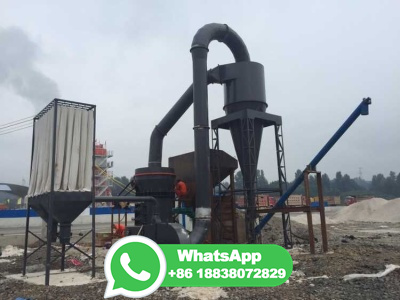Portland Cement Plant Inspection Guide US EPA
Open tanks are used in the wet process. Portland Cement Plant 2Q Processes and Emission Inspection Guide 2/82 Sources BALL MILL CUTAWAY OF BALL MILL ROD MILL Figure 8 Ball and rod mills used for fine grinding. CUTAWAY OF ROD MILL 5 Portland Cement Plant Inspection Guide 2/82 23 Processes and Emission Sources ...


























